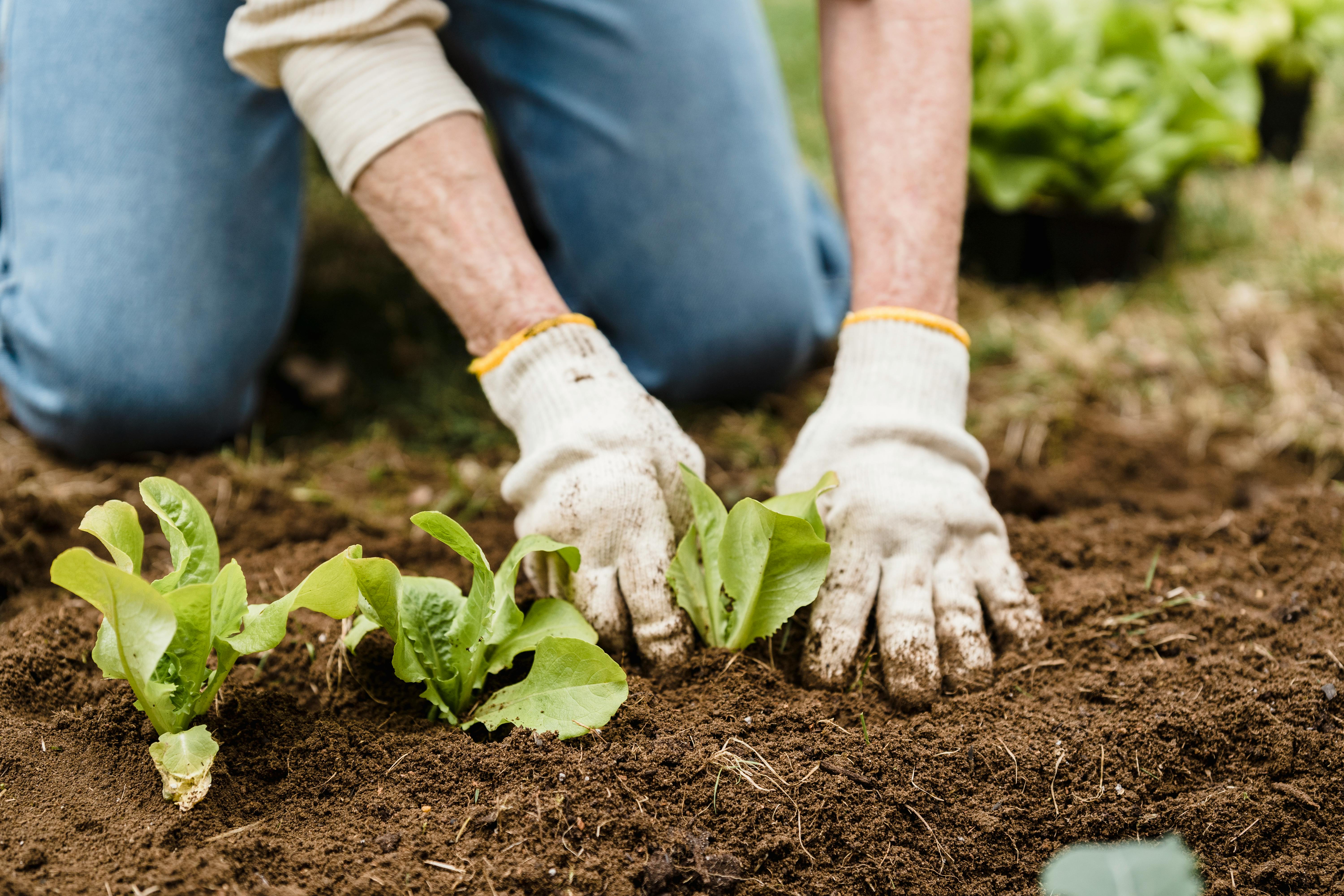Growing a vegetable garden is a rewarding experience that provides you with fresh, nutrient-rich produce. With a little bit of planning and effort, you can establish your own backyard veggie garden and enjoy your own homegrown vegetables! In this guide, we will cover the basics on how to get started with growing your own vegetable garden.Some great vegetables to grow in a home garden include tomatoes, peppers, carrots, cucumbers, beans, radishes, squash, potatoes and leafy greens like lettuce and spinach. You can also try growing herbs like basil, parsley and oregano. Depending on the amount of space you have available for planting vegetables and the climate you live in, there are many other vegetables you can try as well.
Preparing the Soil for Planting
Preparing the soil for planting is a vital step in successful gardening. It helps ensure that plants have access to adequate nutrients and moisture, while also providing proper drainage and aeration. The type of soil you have will determine the specific steps needed to prepare the soil for planting.
For clay soils, it is important to add organic matter such as compost or peat moss to help loosen the soil and improve drainage. You can also mix in coarse sand or perlite to further improve drainage.
Sandy
Choosing the Right Site for Your Garden
When selecting a site for your garden, there are many factors to consider. The most important is the amount of sunlight the site receives. If you are growing vegetables, you will want a spot that gets at least six hours of direct sunlight each day. The soil type is also an important consideration. You will want to test the soil to make sure it is suitable for growing your chosen plants.
The size of your garden should also be taken into account when choosing a site. Make sure you have enough space to accommodate all
Deciding When and How to Plant
When deciding when and how to plant, it’s important to consider factors such as the climate, soil type and location. Knowing your climate will help you determine the best time of year to plant your seeds or plants. In most climates, spring is the best time of year to plant because the soil is warm and ideal for germination. However, in colder climates, fall planting may be more successful. Additionally, knowing your soil type will help you determine what types of plants are best suited for the area. Different soil types support different kinds
https://images.pexels.com/photos/2886937/pexels-photo-2886937.jpeg
Watering and Fertilizing Your Garden
Taking care of your garden is essential in making sure it stays healthy and productive. One of the most important aspects of caring for your garden is watering and fertilizing it properly. Watering is essential for the growth and development of plants, as it helps provide plants with the necessary nutrients needed for healthy growth. Fertilizers are also important for providing necessary nutrients to the soil, which plants need for proper growth. Here are some tips on how to water and fertilize your garden properly.
When watering

Controlling Pests and Diseases in the Garden
Gardens are full of beauty, but they can also be home to a variety of pests and diseases that can wreak havoc on your plants. Controlling pests and diseases in the garden is essential for keeping your plants healthy and thriving. The first step in controlling pests and diseases is to identify the problem. Look for signs of damage or disease, check for insects or other pests, and look for changes in the environment that might contribute to issues. Once you’ve identified the issue, it’s time to
Harvesting Your Produce
Harvesting your produce is an important part of the gardening process. Knowing when and how to harvest your fruits and vegetables is key to getting the most out of your garden. The best time to harvest is when the produce is ripe, as this will ensure the best flavor and texture. Most fruits and vegetables should be harvested when they are still firm and before they become overripe. For leafy greens, such as lettuce or spinach, you should pick leaves from the outside first, as this will encourage new growth. Tomatoes can be
Composting for Healthy Soil
Composting is a great way to create healthy soil for your garden. It is a process of breaking down organic matter, such as leaves, grass clippings and kitchen scraps, into nutrient-rich humus. This humus can then be used to enrich soil and help plants grow. Composting has many benefits, from improving the soil structure to providing essential nutrients to plants. It is also an environmentally friendly way to reduce waste in landfills.
Creating compost involves mixing together organic material with

Conclusion
Growing your own vegetable garden is a rewarding and satisfying experience. Not only do you get to enjoy the fruits of your labour, but you can rest assured that you are getting fresh, nutritious produce for your family. With the right set up and a bit of hard work and dedication, you can have a thriving vegetable garden that provides delicious vegetables for years to come.
By following these steps, you will be well on your way to becoming a successful gardener. Planning ahead is key, as it helps to ensure that your garden will get off
